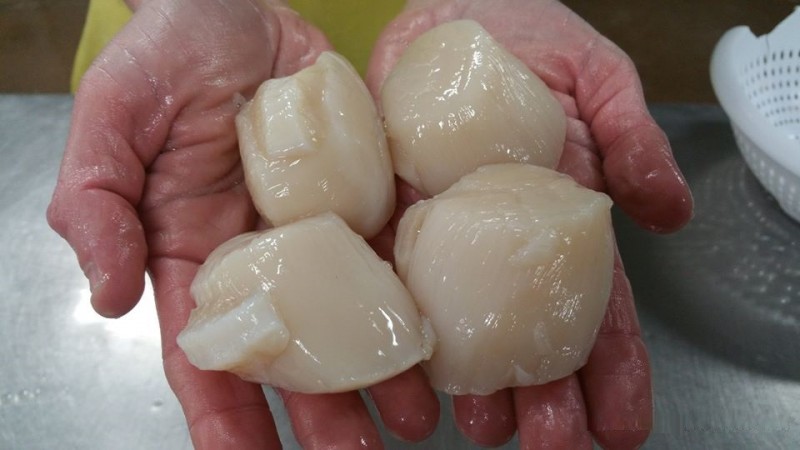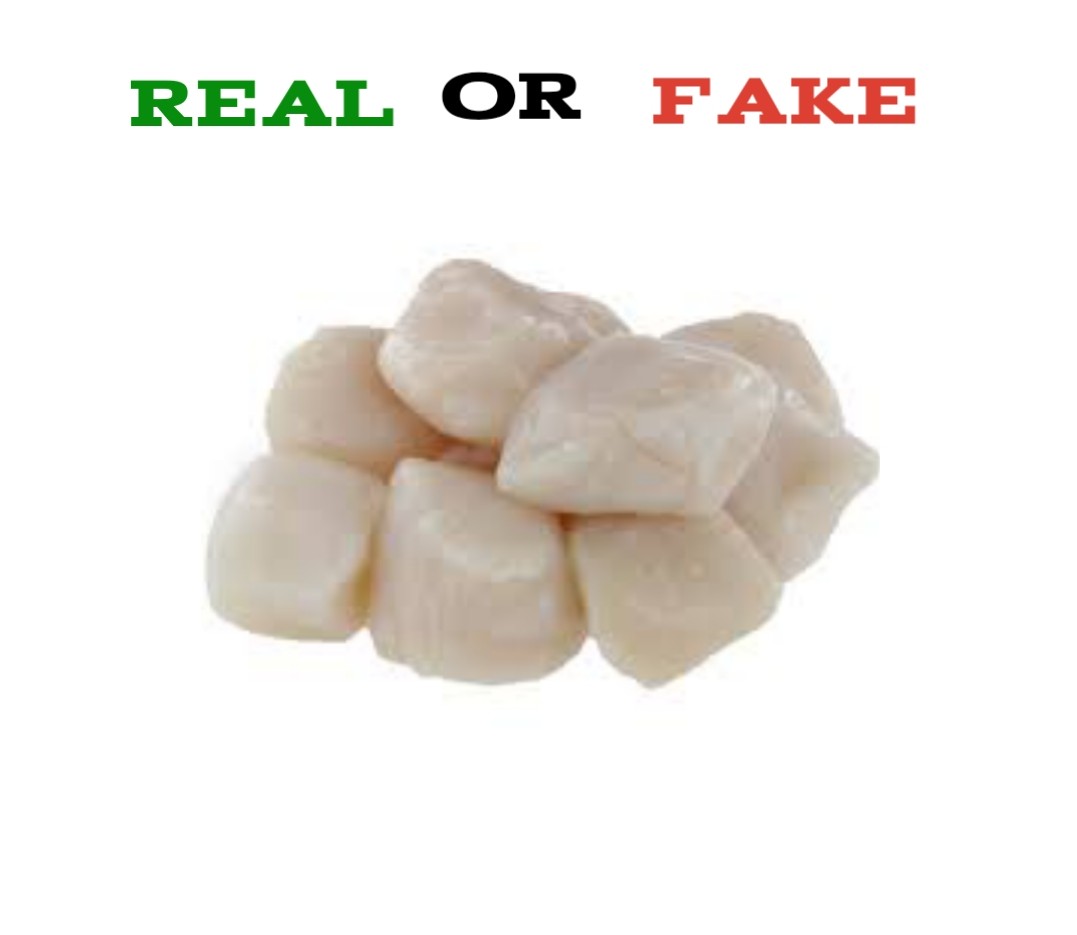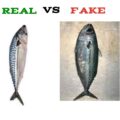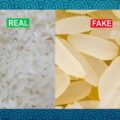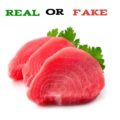In recent times, there has been an explosion of plant-based “seafood” items spilling onto store shelves, all passing themselves off as seafood, none of them required to include the words “imitation” or “artificial” on their labels. The products are the very definition of fake seafood. They’re artificial seafood. They’re imitation seafood. They clearly wish they were seafood, but they aren’t and never will be.
Scallop is a common name that is primarily applied to any one of numerous species of saltwater clams or marine bivalve. The common name “scallop” is also sometimes applied to species in other closely related families within the superfamily Pectinoidea, which also includes the thorny oysters.
Many species of scallops are highly prized as a food source, and some are farmed as aquaculture. The brightly colored, symmetric, fan-shaped shells of scallops with their radiating and often fluted ornamentation are valued by shell collectors and have been used since ancient times as motifs in art, architecture, and design.
In the United States, several kinds of scallops are sold as food, but two are prevalent. Atlantic sea scallops, the larger kind, are harvested wild from the Canadian border to the mid-Atlantic and are found in shallow open waters. Smaller bay scallops are found in estuaries and bays from New Jersey to Florida.
There are large scallop populations in the Sea of Japan, off the Pacific coast from Peru to Chile, and near Ireland and New Zealand. The majority of farmed scallops are from China.
Fake scallops
Fake scallops, also known as imitation scallops, are made from whitefish, usually Alaskan pollock, that has been processed and formed into a small, round shape with a scallop-like texture.
Fake scallops are usually sold as a cheaper alternative to real scallops, which are more expensive and can be difficult to find. While fake scallops may taste similar to real scallops, they lack many of the nutrients and health benefits that come with eating seafood, such as omega-3 fatty acids. They also contain a high amount of sodium and are often heavily processed with chemicals and preservatives.
Consumers should be aware that fake scallops may be mislabeled as real scallops, which can lead to potential health risks for those who have allergies or dietary restrictions. It is important to read labels carefully and make informed decisions when it comes to choosing what to eat.
How to Identify Fake Scallops
Scallops are currently listed as the 4th most counterfeited product in the world by Fox News. Fake scallops became a lucrative business because of the high demand and low supply of Atlantic scallops which is leading to higher prices for domestic landings in the US. As a result, many famous restaurants are using dirty tricks to provide their customers with fake scallops instead of the real thing.
Food experts encourage consumers to always remember that scallops are in fact animals when making purchases and no two scallops will be shaped the same. They should all differ in size and have distinct grain patterns. Fake scallops will all look identical, usually as perfect cylinders, and be more solid and dense because they are cut out of a mold. Imitation scallops can be found in stores but most are not properly labeled as such.
According to Dr. David Friedman author of the award-winning, #1 national best-selling book Food Sanity, How to Eat in a World of Fads and Fiction here is how to spot fake Scallops;
Size. Scallops from nature will vary in size and never have a perfect cylinder shape to them. Fake scallops have an identical circumference because they are made using a cookie-cutter device. Also, if you see one edge thicker than the other, it’s either stingray or skate wings that taper greatly from one side to the other.
Texture. Look at the texture. Genuine scallops have distinct grains or fibers running lengthwise, as the edible part of scallop meat serves as a muscle that holds the two scallop shells together. A fake scallop will have fewer fibers and appear more solid and dense.
Thickness. And finally, look at the thickness and see if it’s the same on all sides. If it’s made from a stingray or skate, it will be thicker on one side because its wings taper greatly from one side to the other.
Dangers of Eating Fake Scallops
While they may be cheaper and more readily available than real scallops, there are some potential dangers associated with eating fake scallops.
- High Sodium Content: Fake scallops are often heavily processed and contain a high amount of sodium, which can lead to high blood pressure and other health issues.
- Possible Allergic Reactions: Some people may be allergic to the ingredients used in fake scallops, which can lead to symptoms such as hives, difficulty breathing, and anaphylaxis in severe cases.
- Lack of Nutritional Value: Unlike real scallops, fake scallops do not contain many of the nutrients and health benefits that come with eating seafood, such as omega-3 fatty acids.
- Chemicals and Preservatives: The processing and packaging of fake scallops often involves the use of chemicals and preservatives, which can be harmful to health if consumed in large amounts.
- Mislabeling: In some cases, fake scallops may be mislabeled as real scallops, leading to potential health risks for consumers who have allergies or dietary restrictions.
Overall, while fake scallops may seem like a more affordable and convenient option, they come with potential health risks and lack the nutritional value of real scallops. It is important to read labels carefully and make informed decisions when it comes to choosing what to eat.
SEE: How To Identify Fake Titus (Mackerel) Fish


